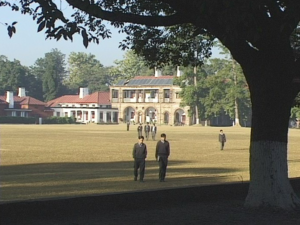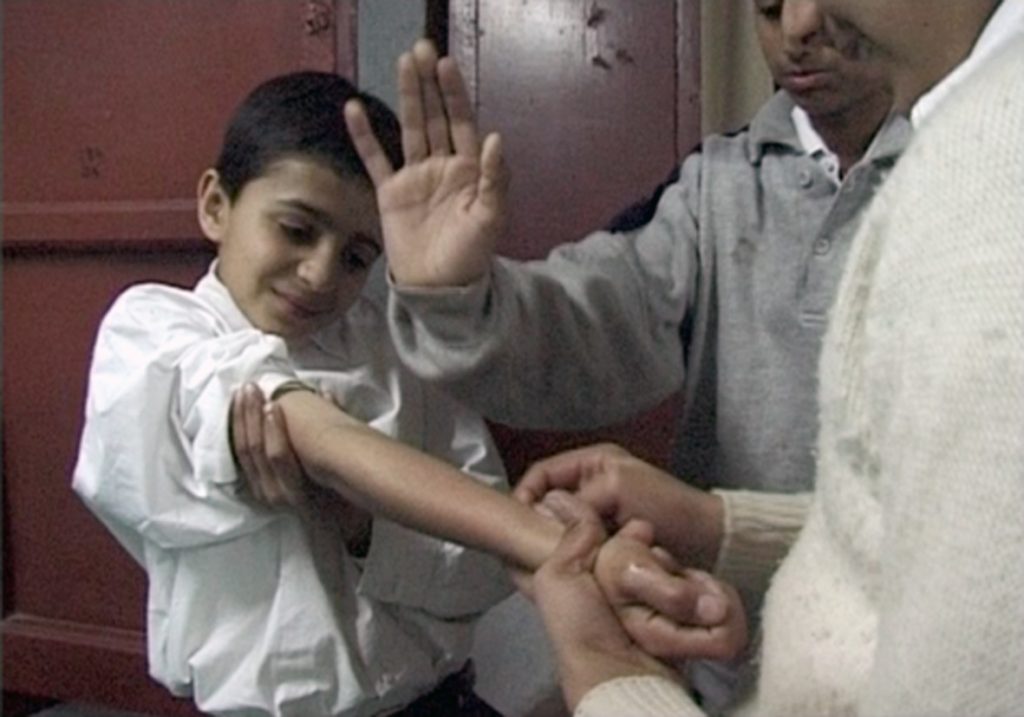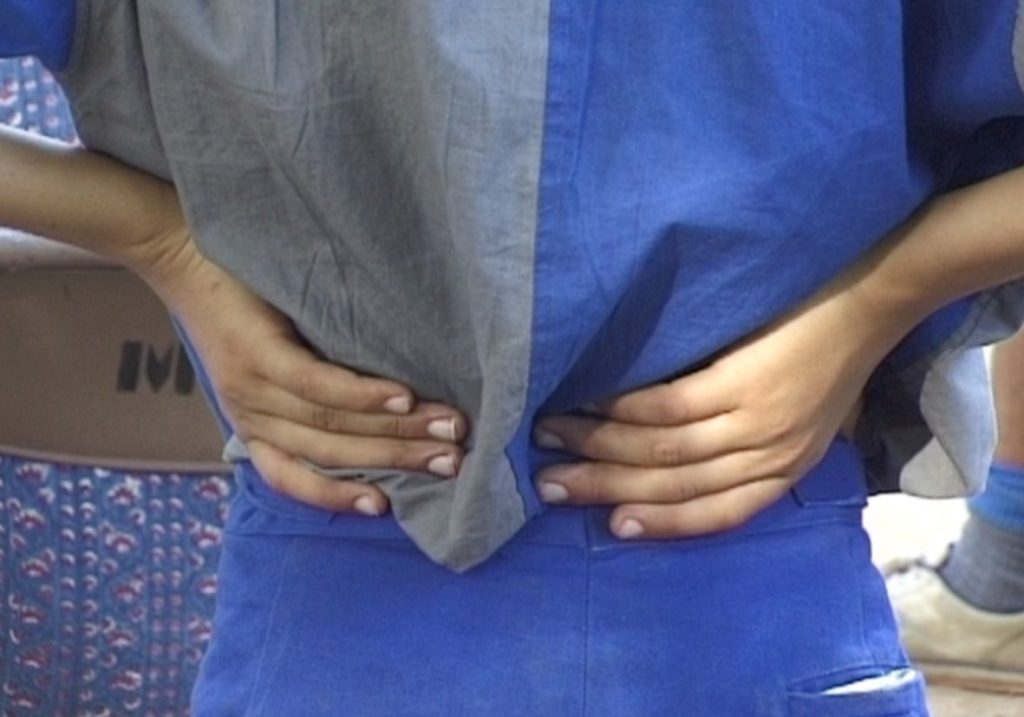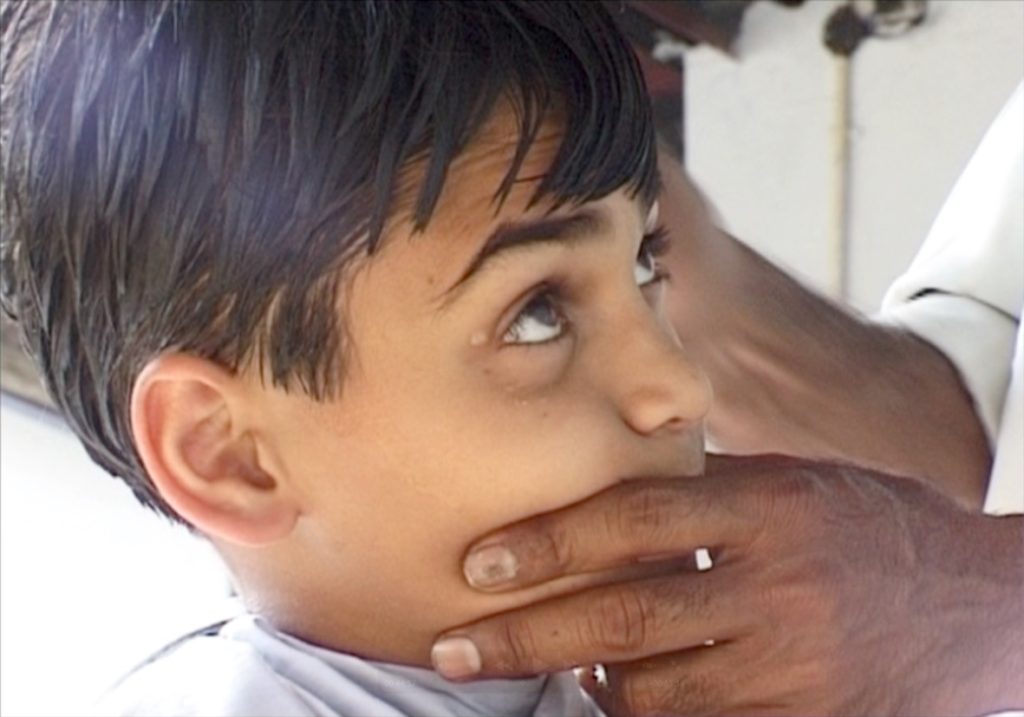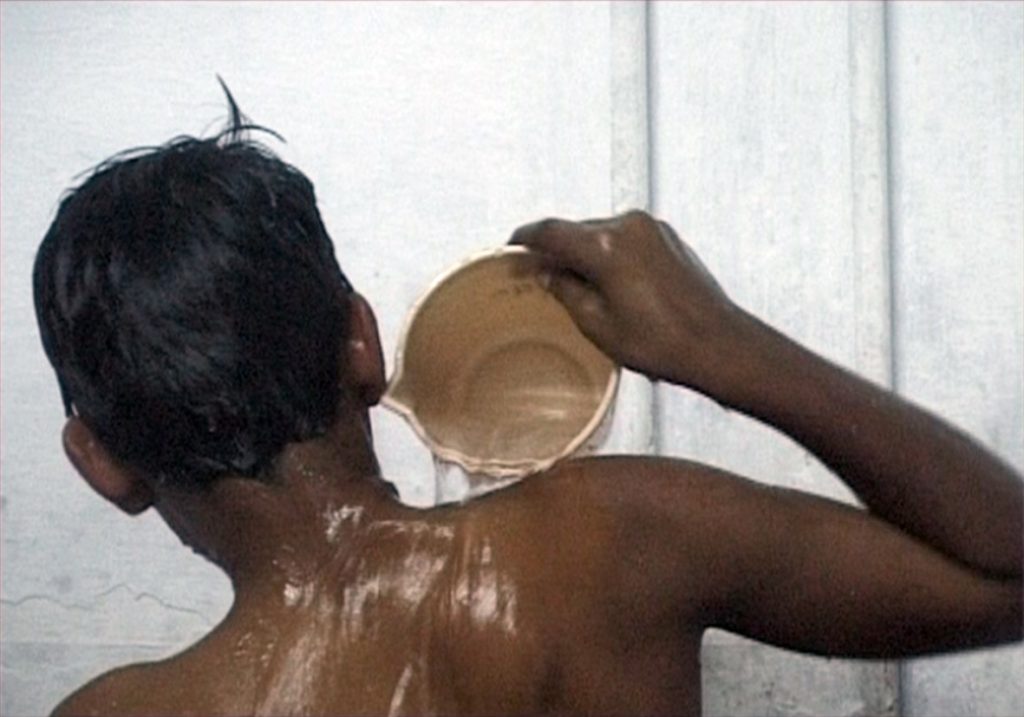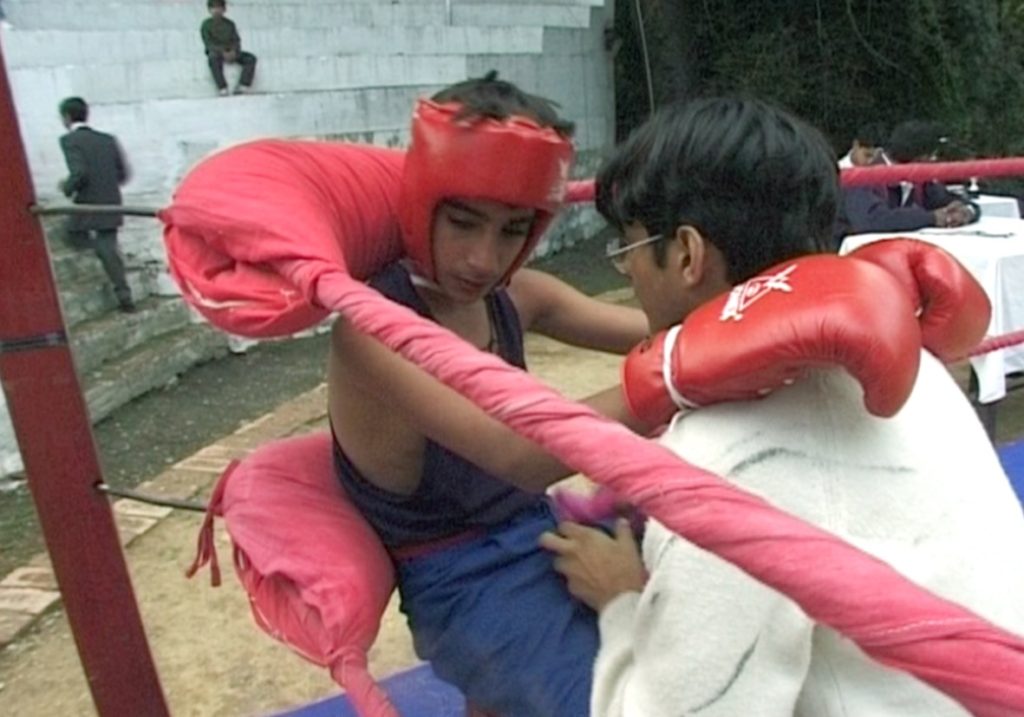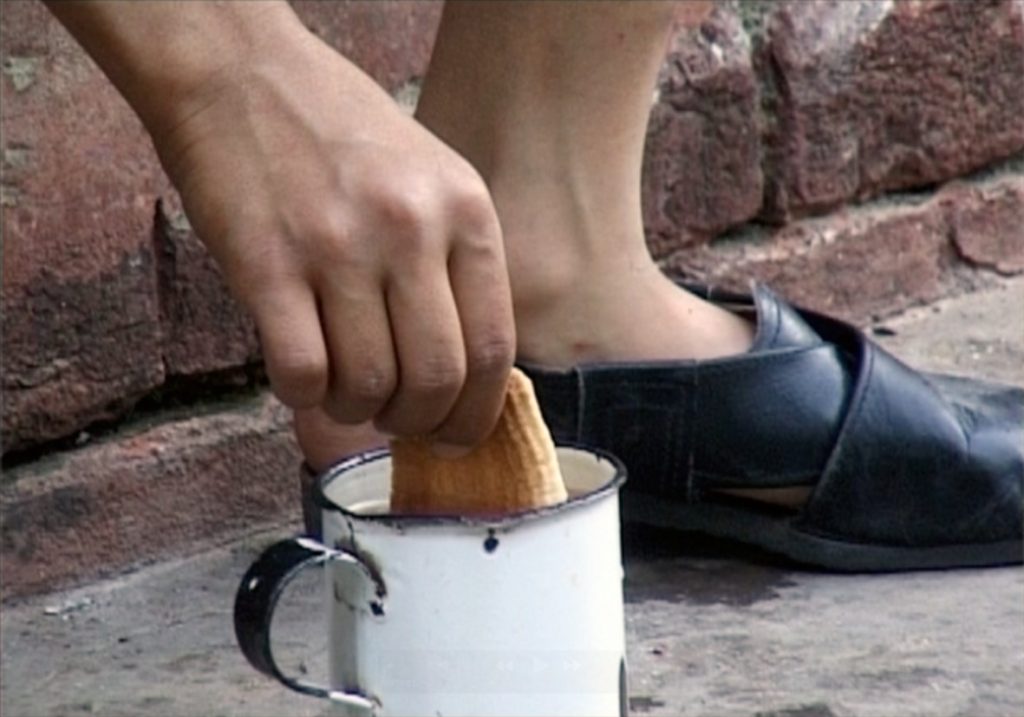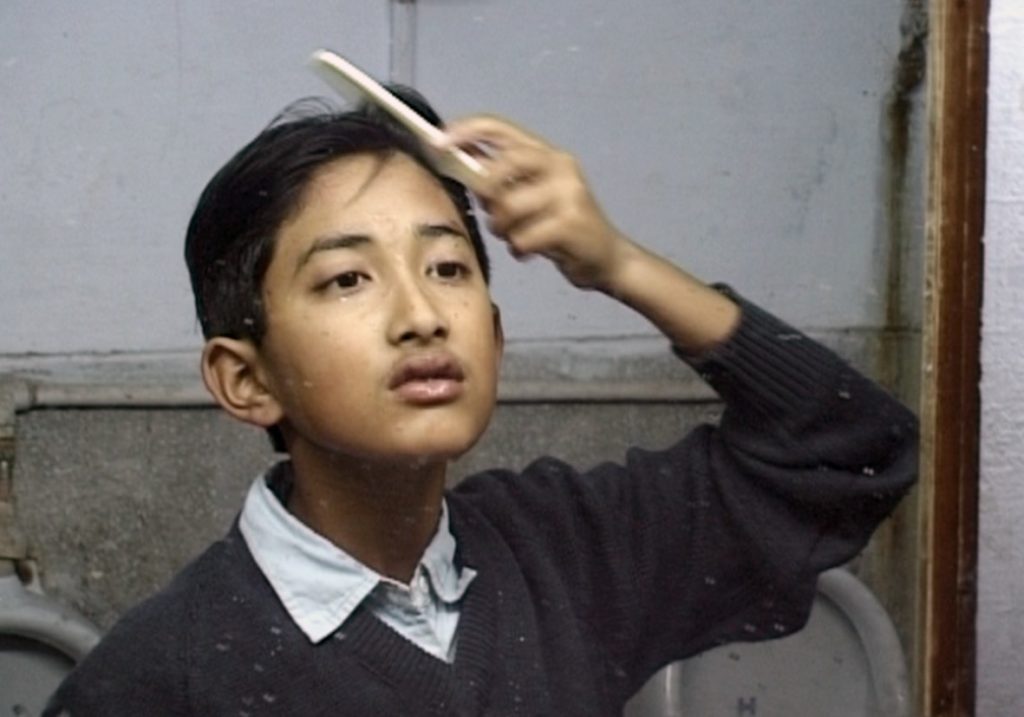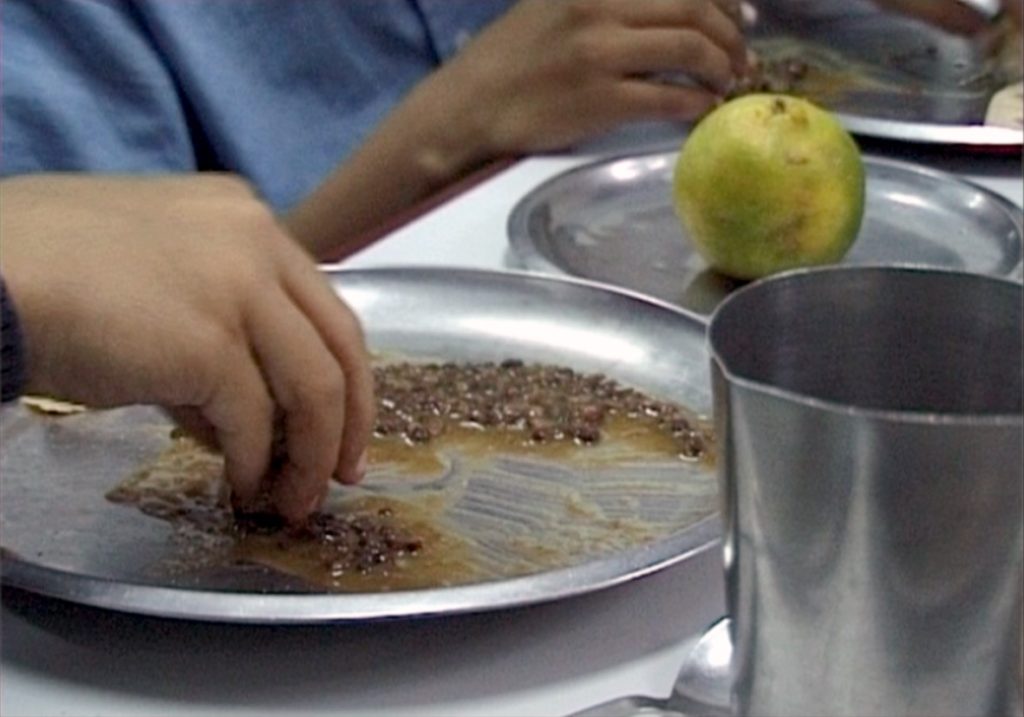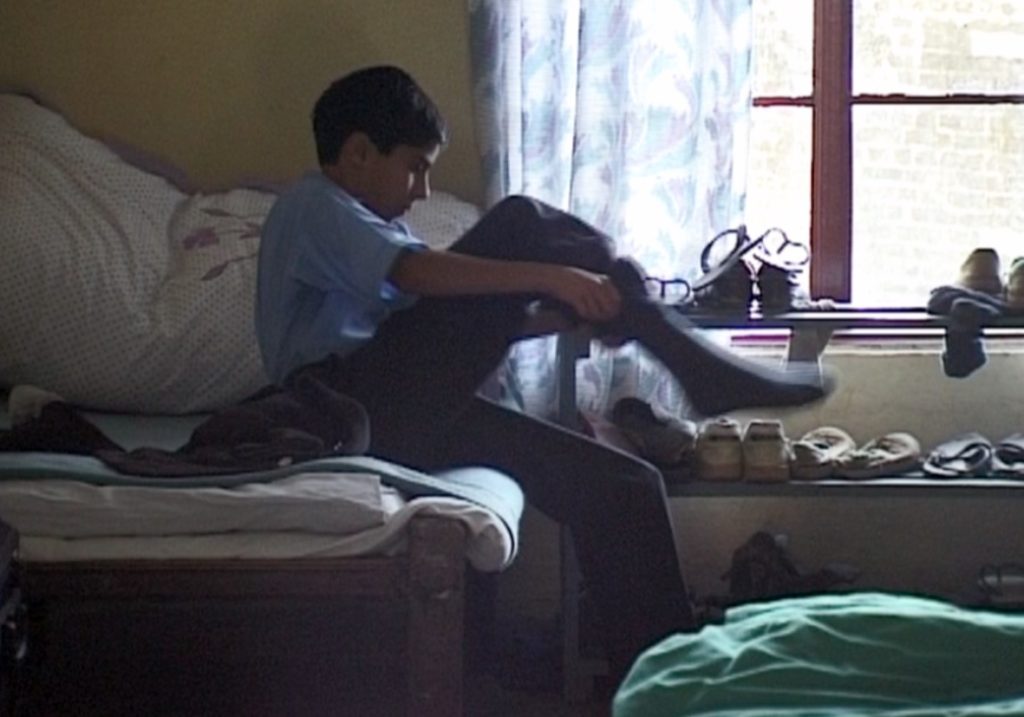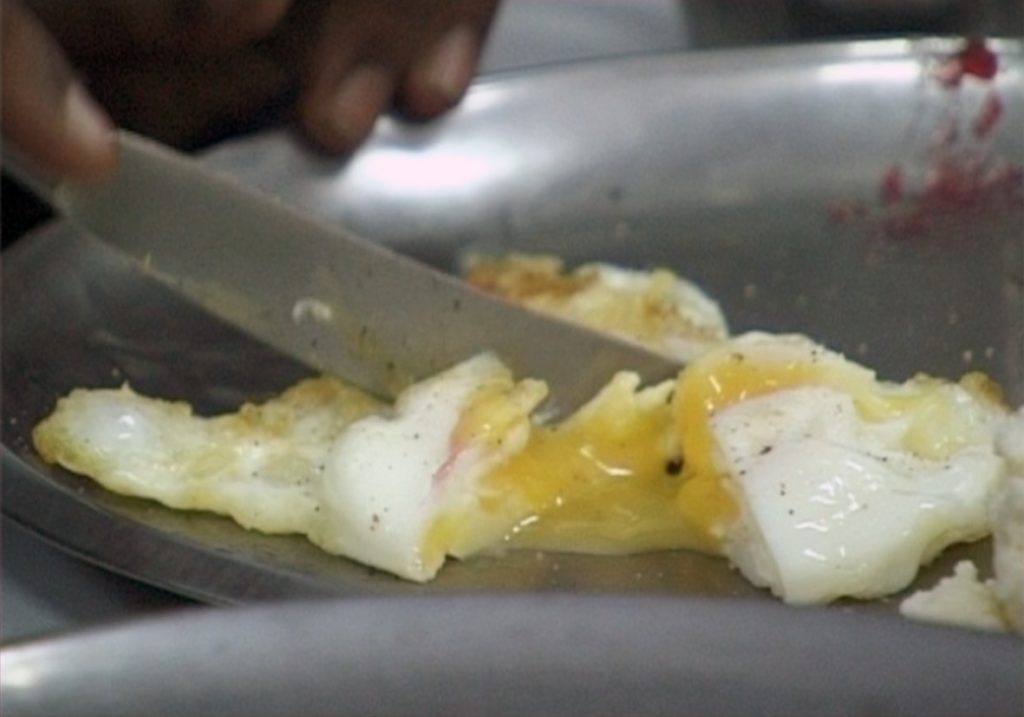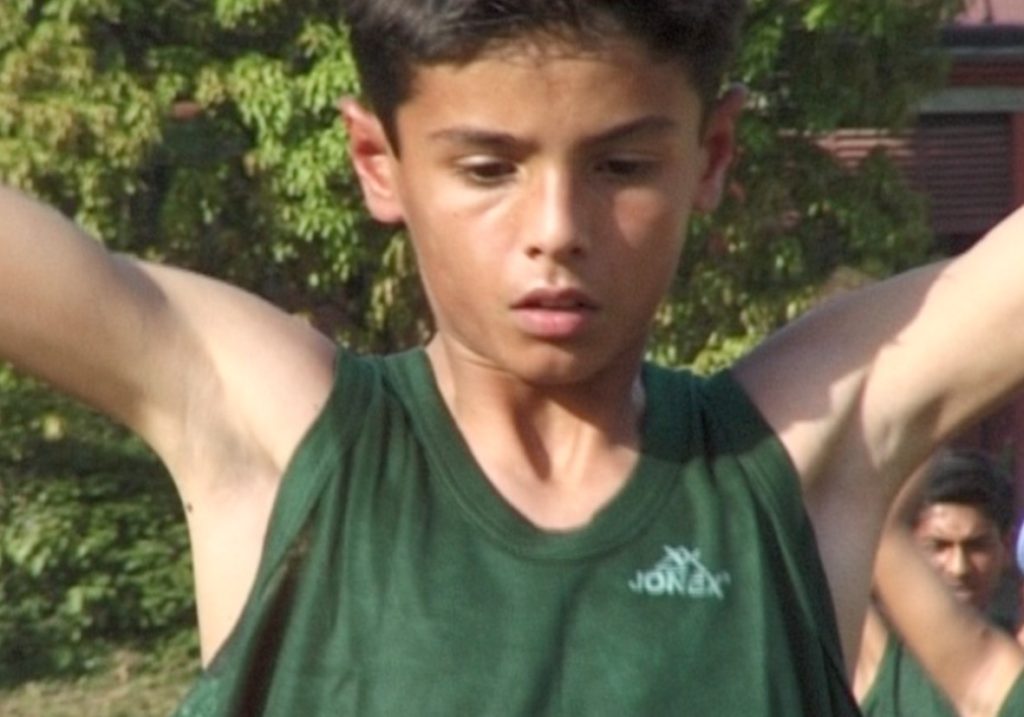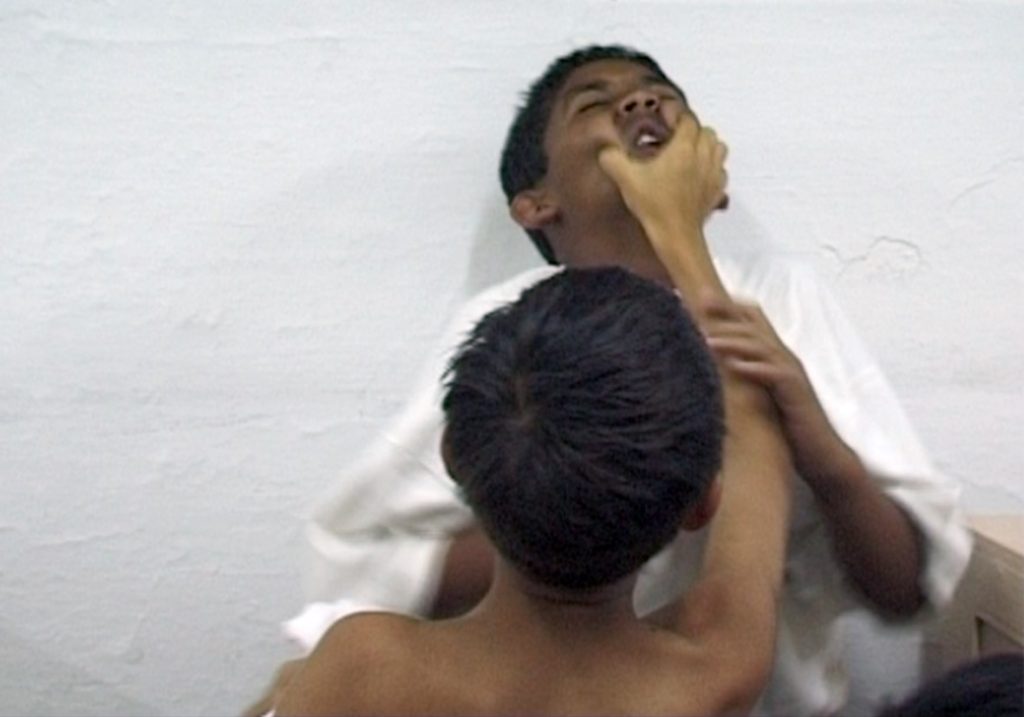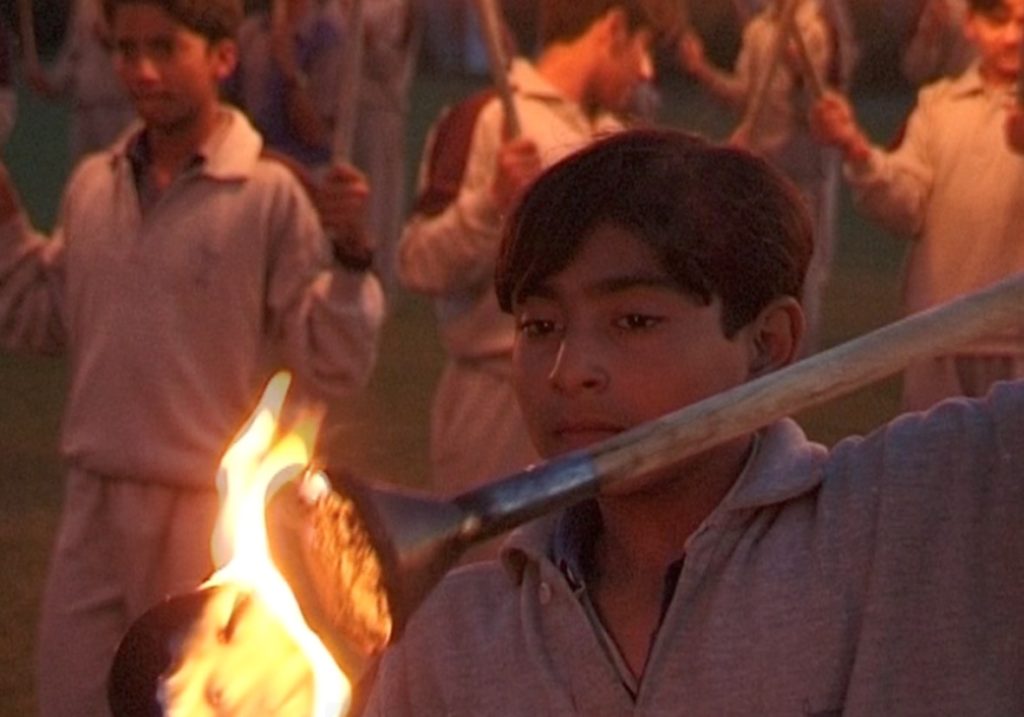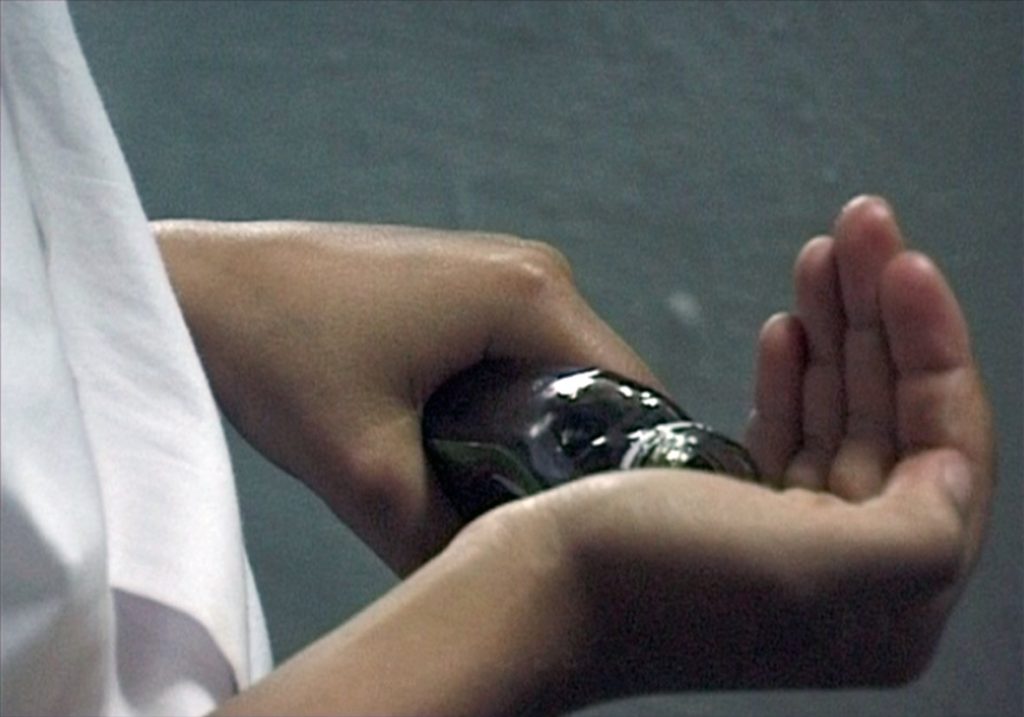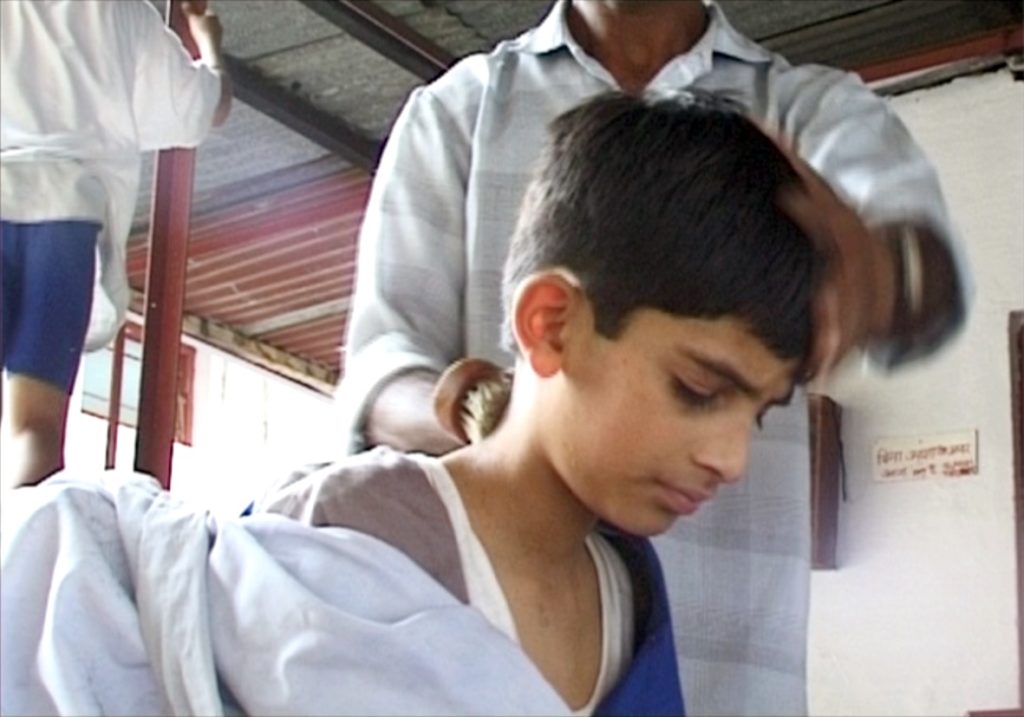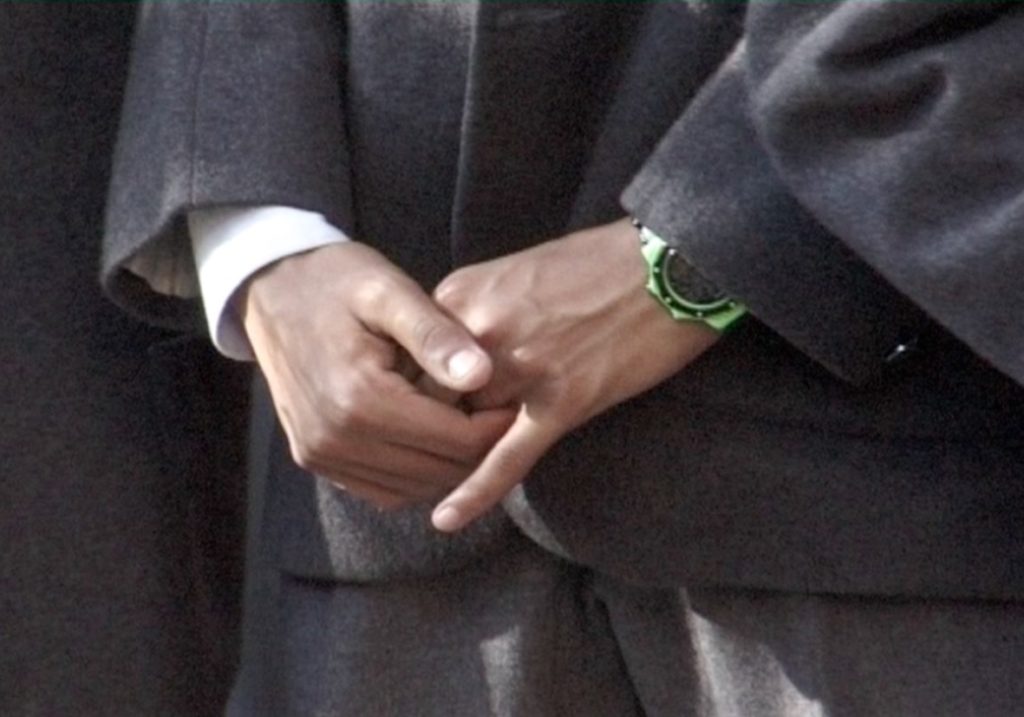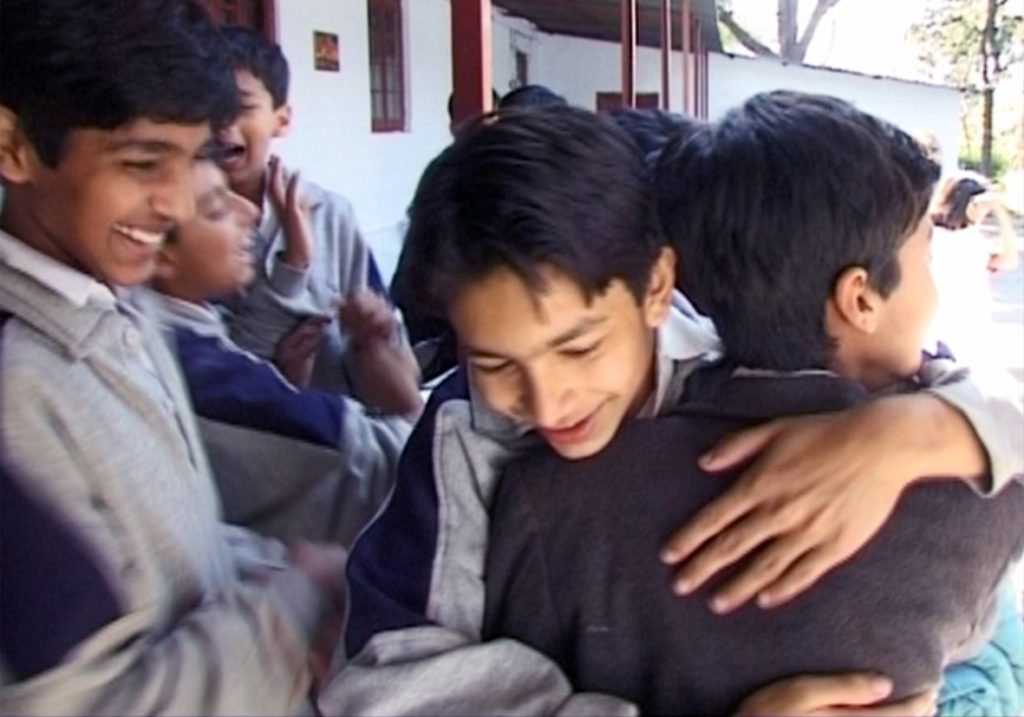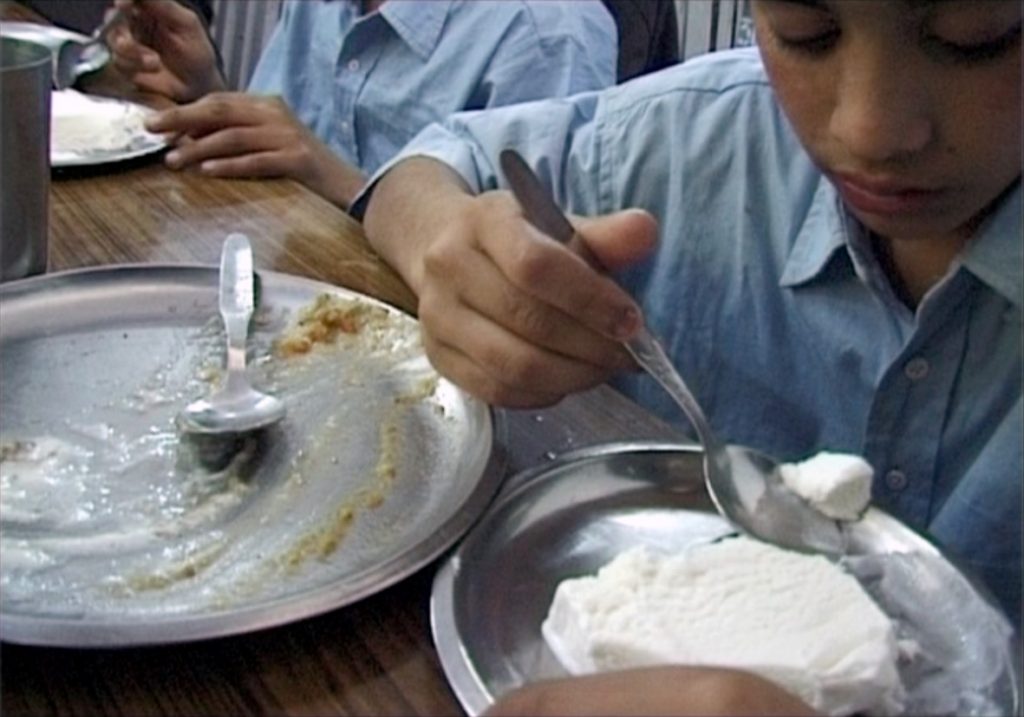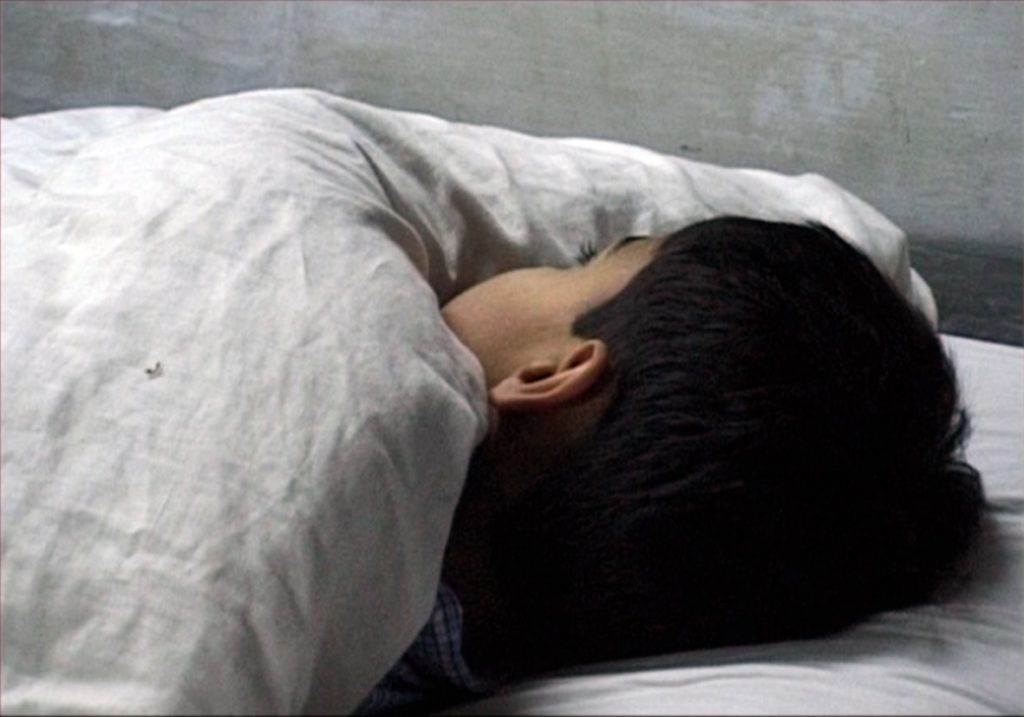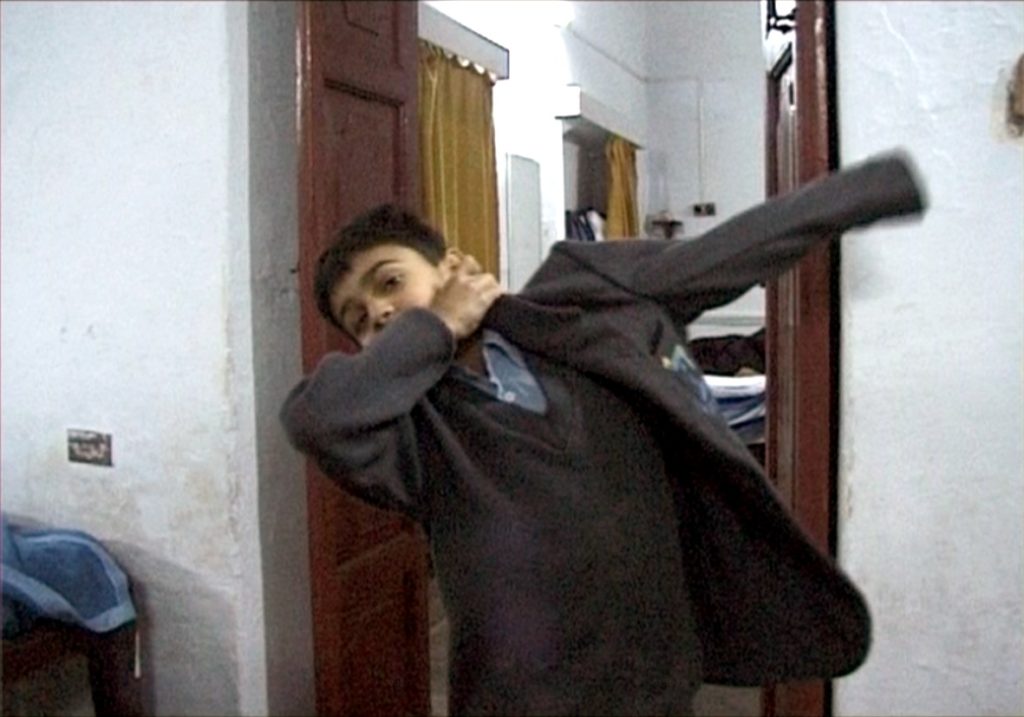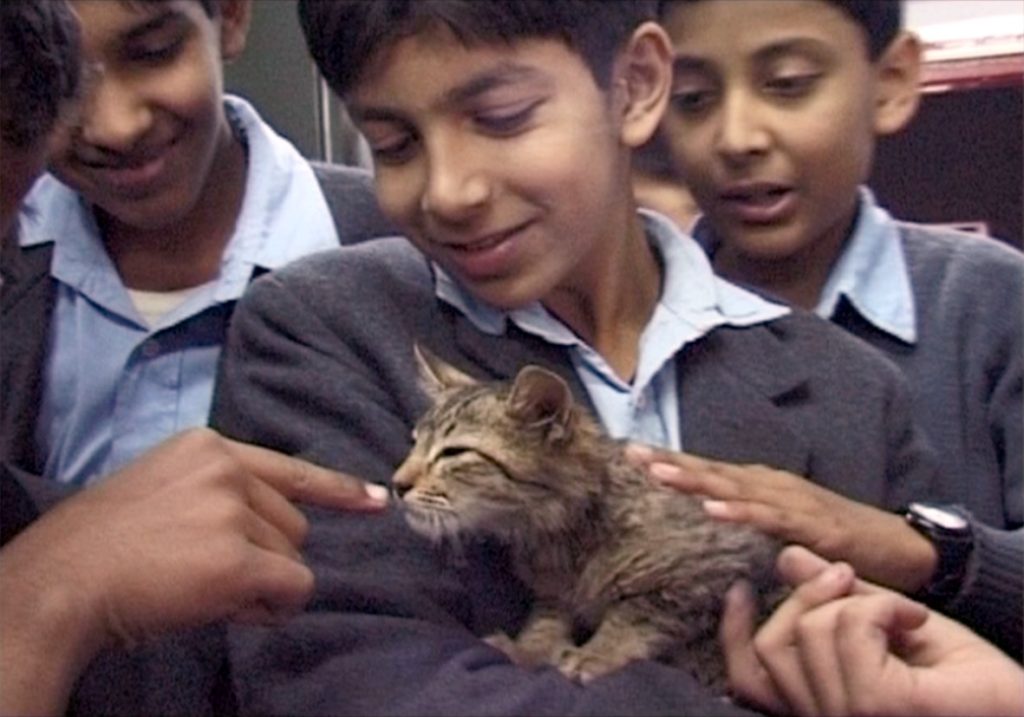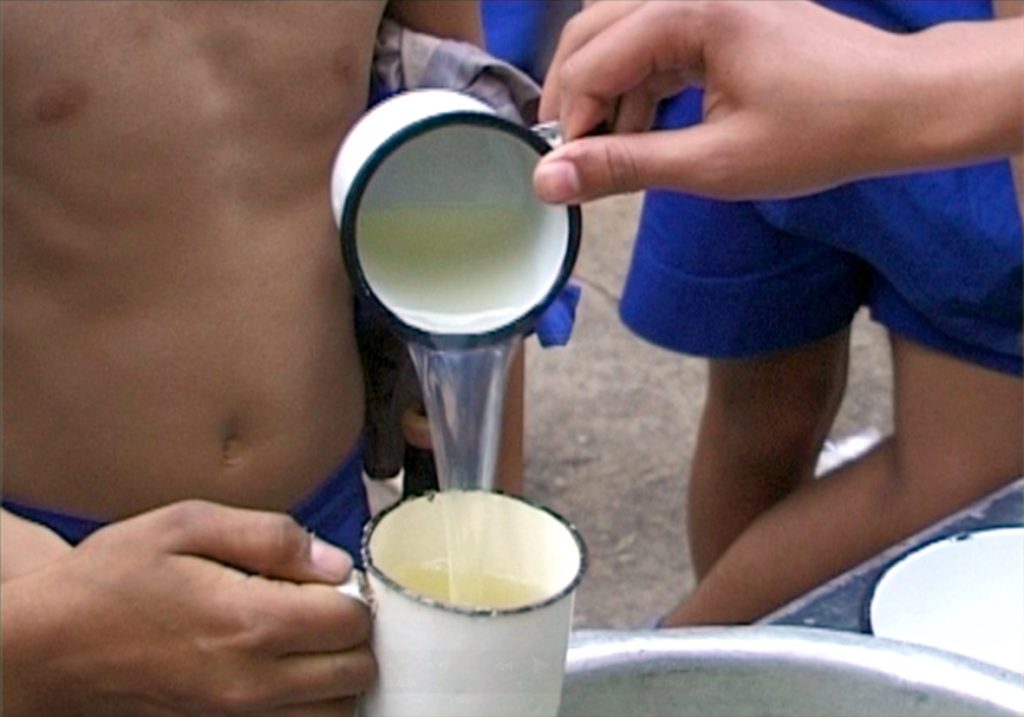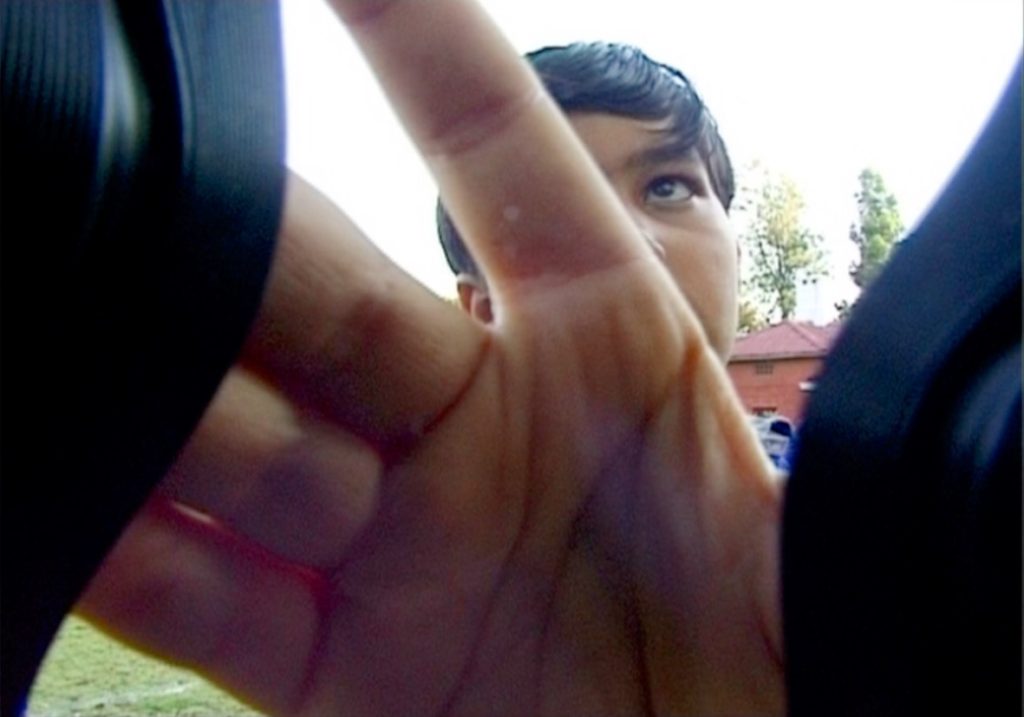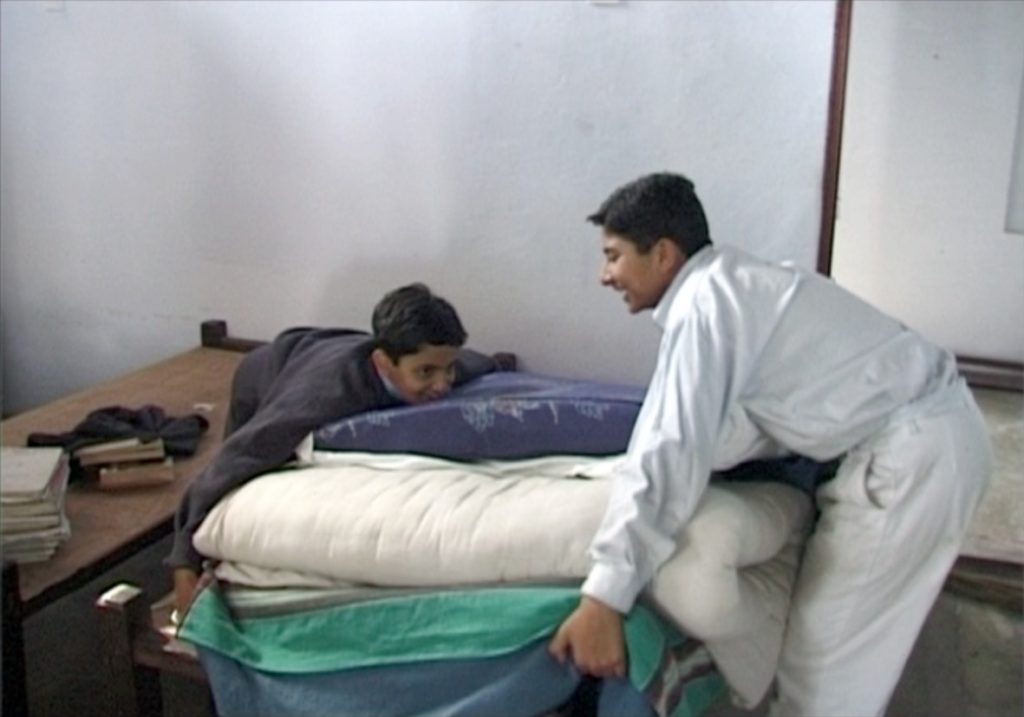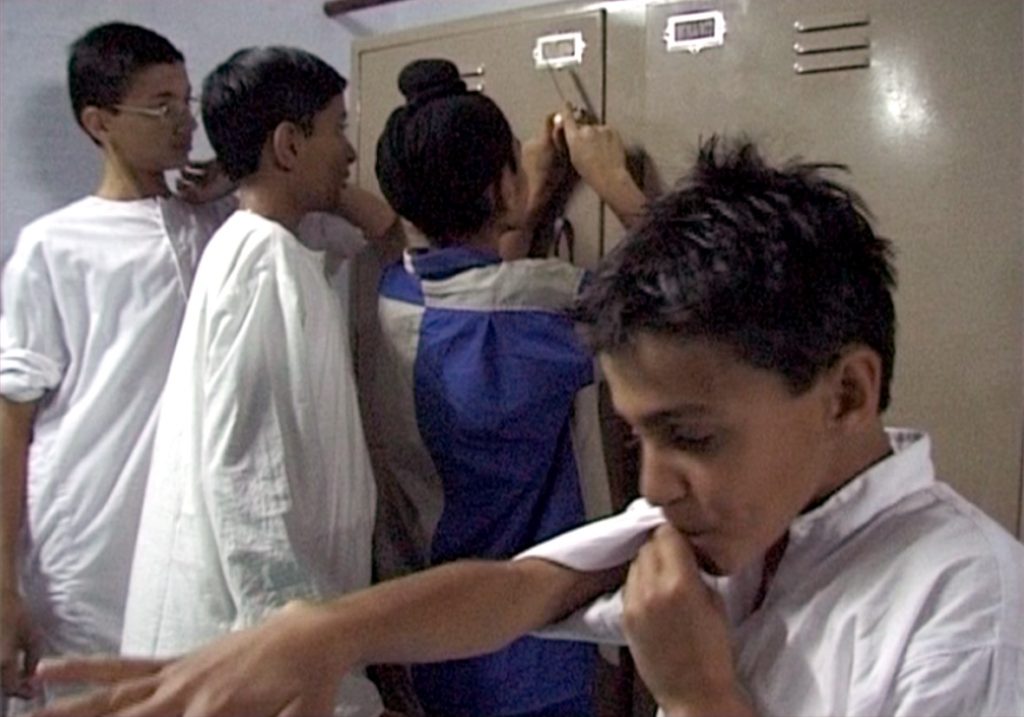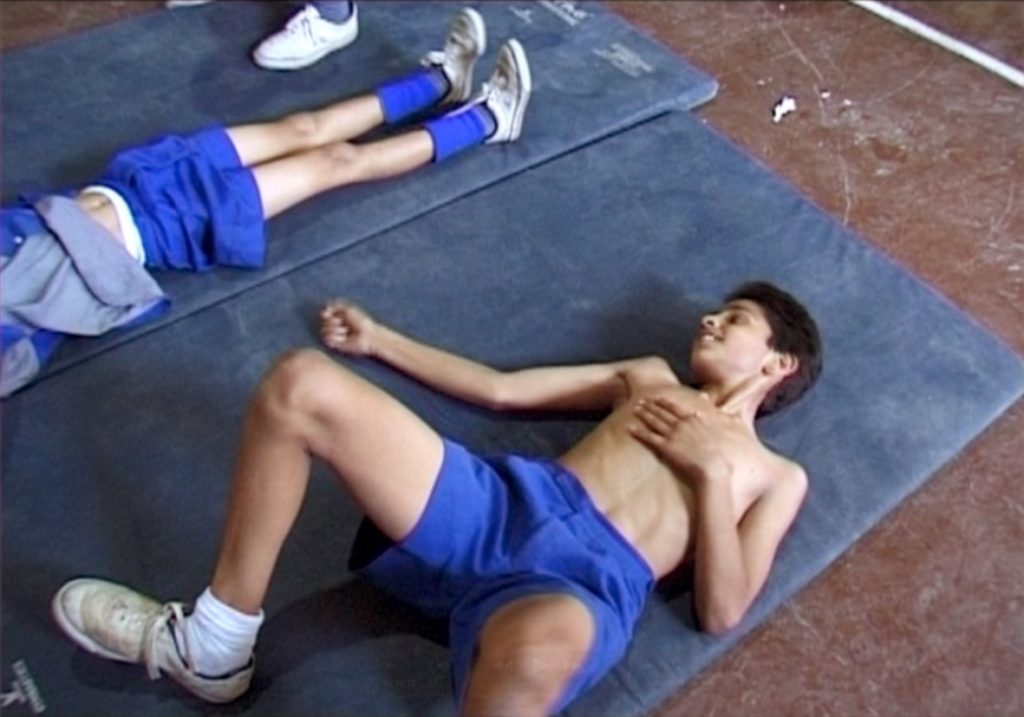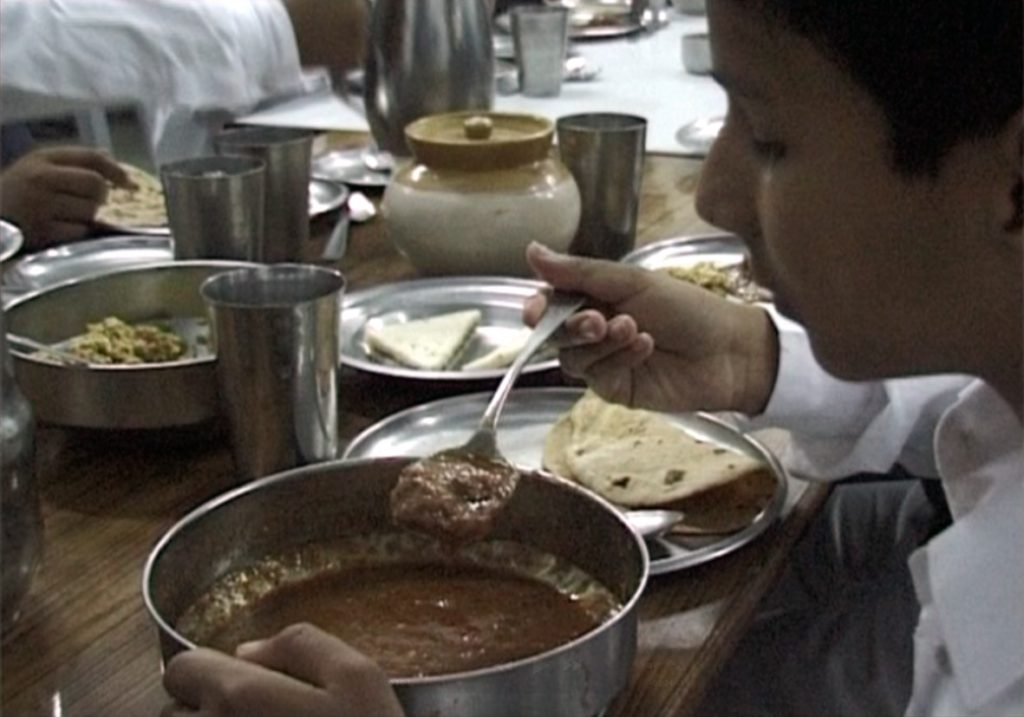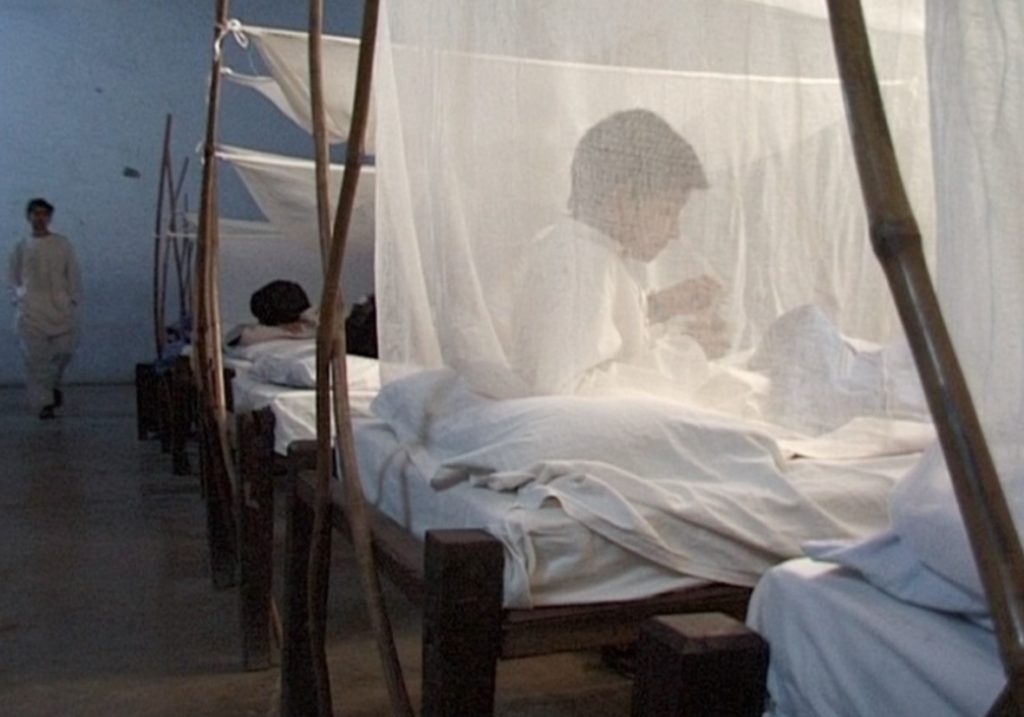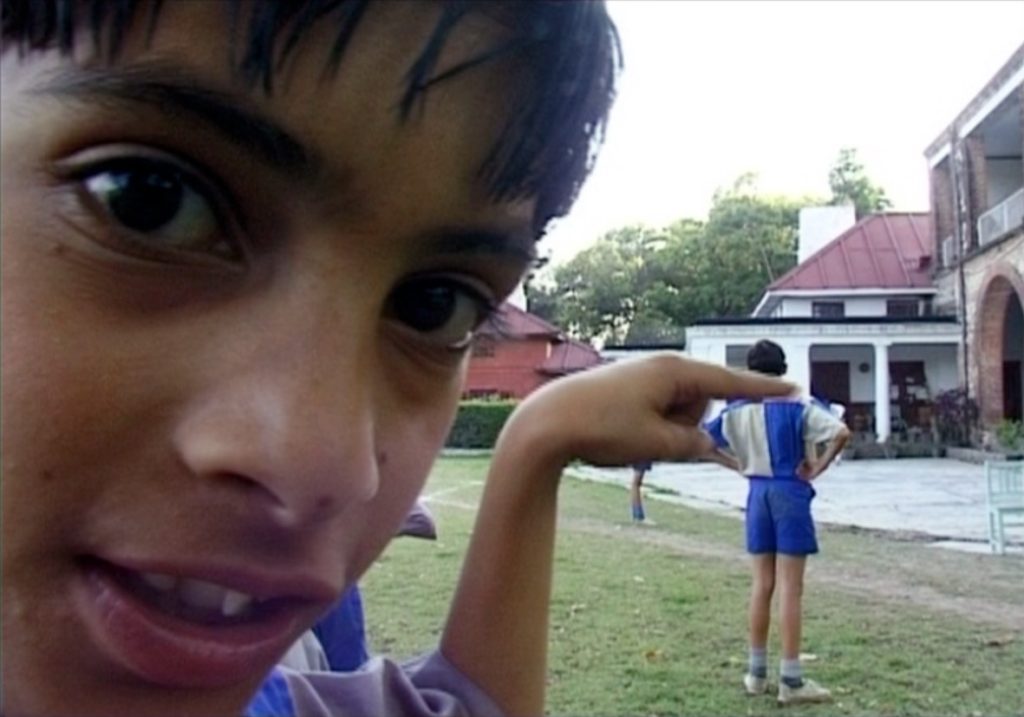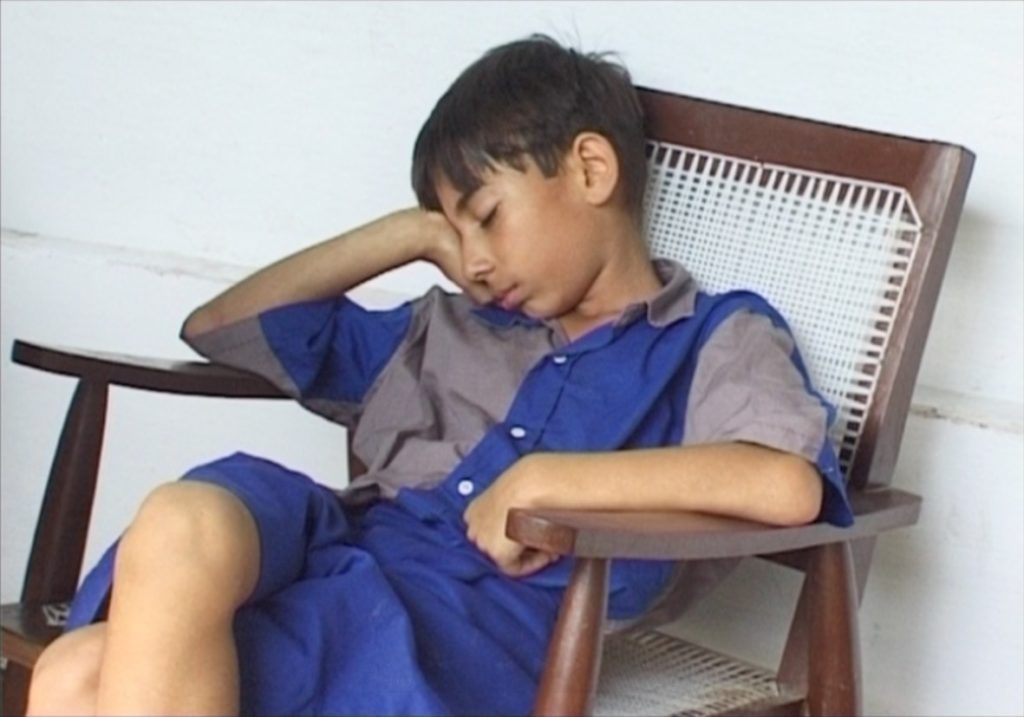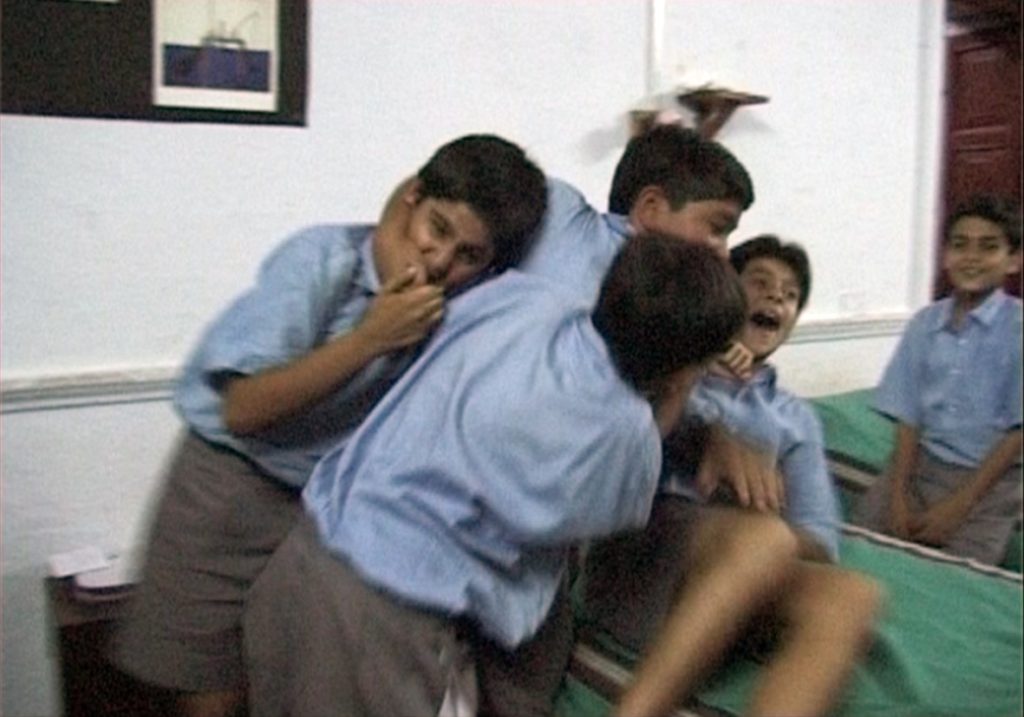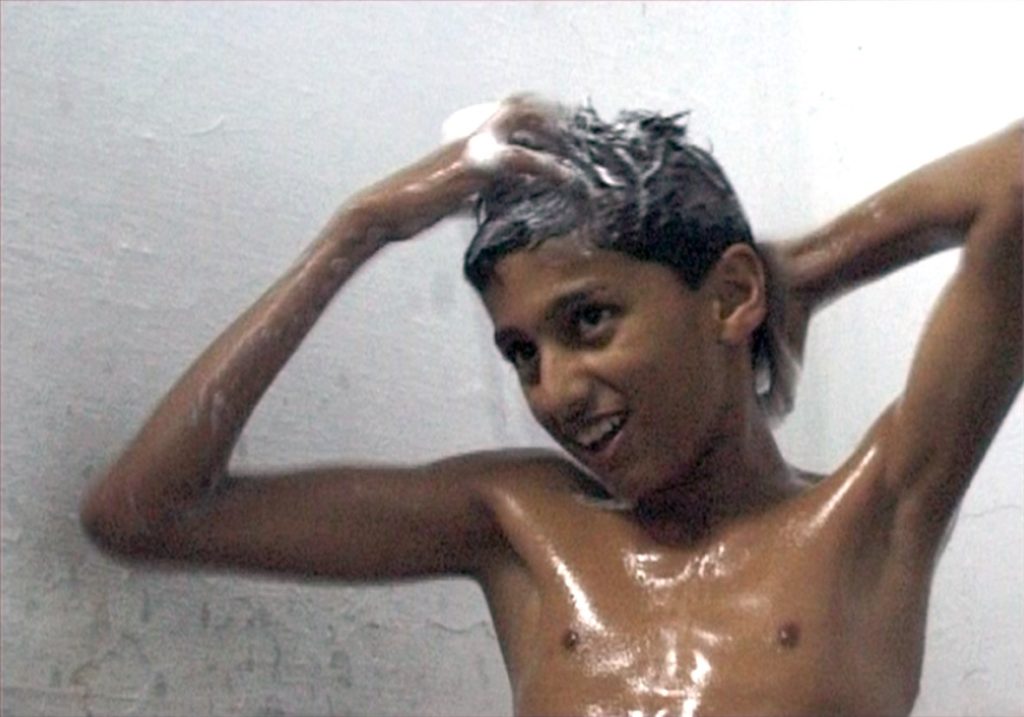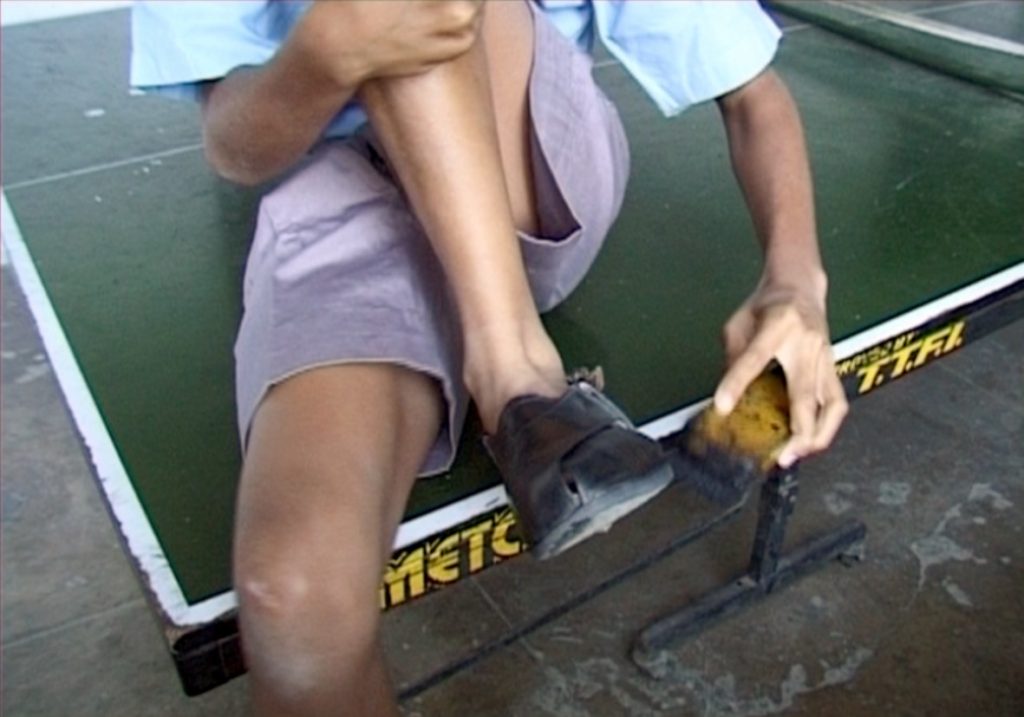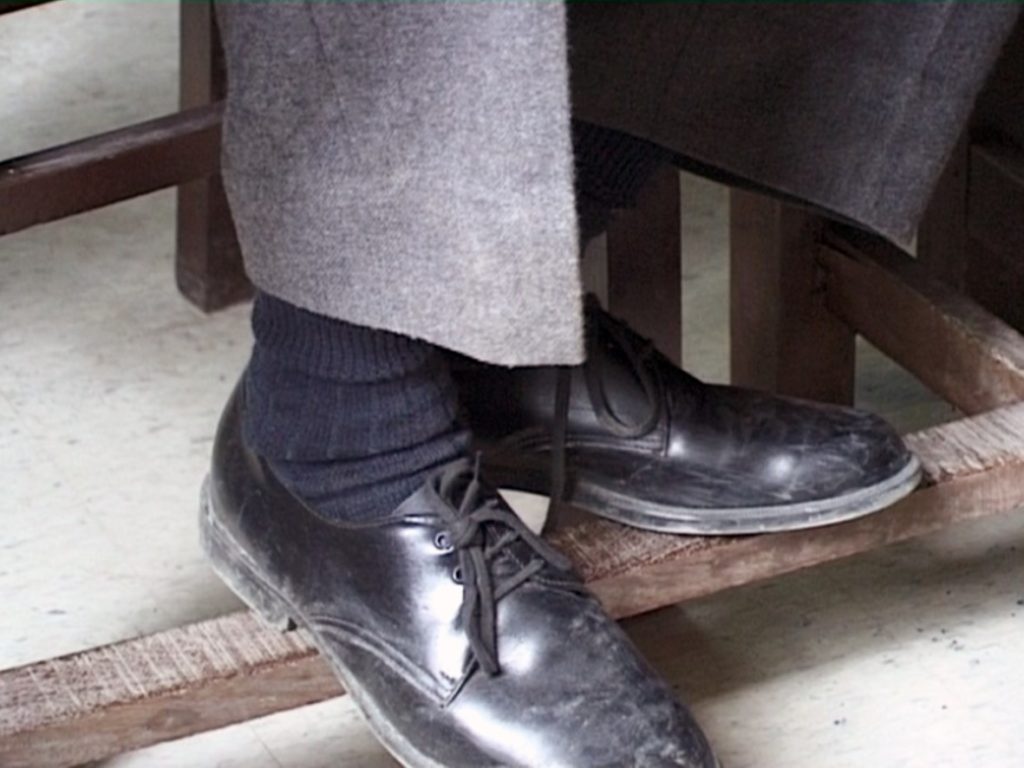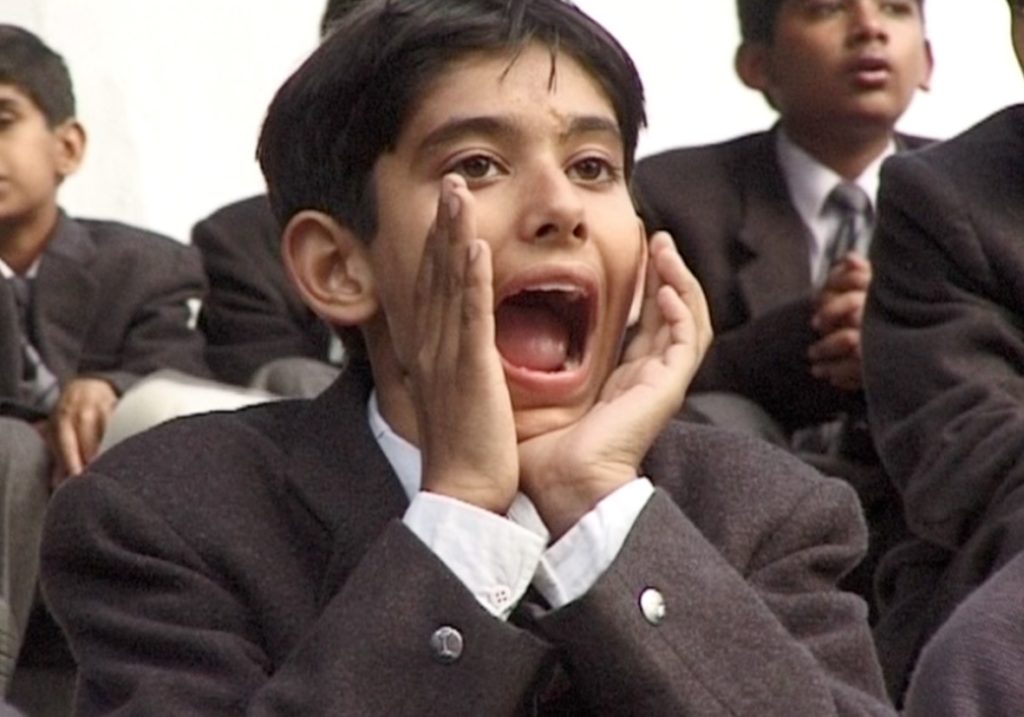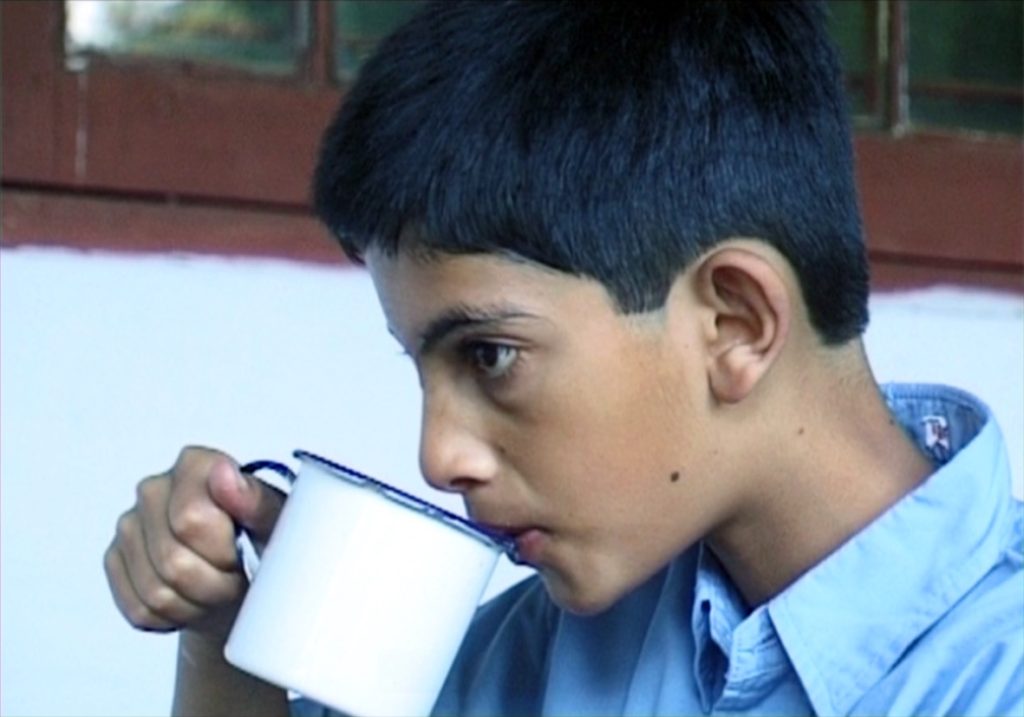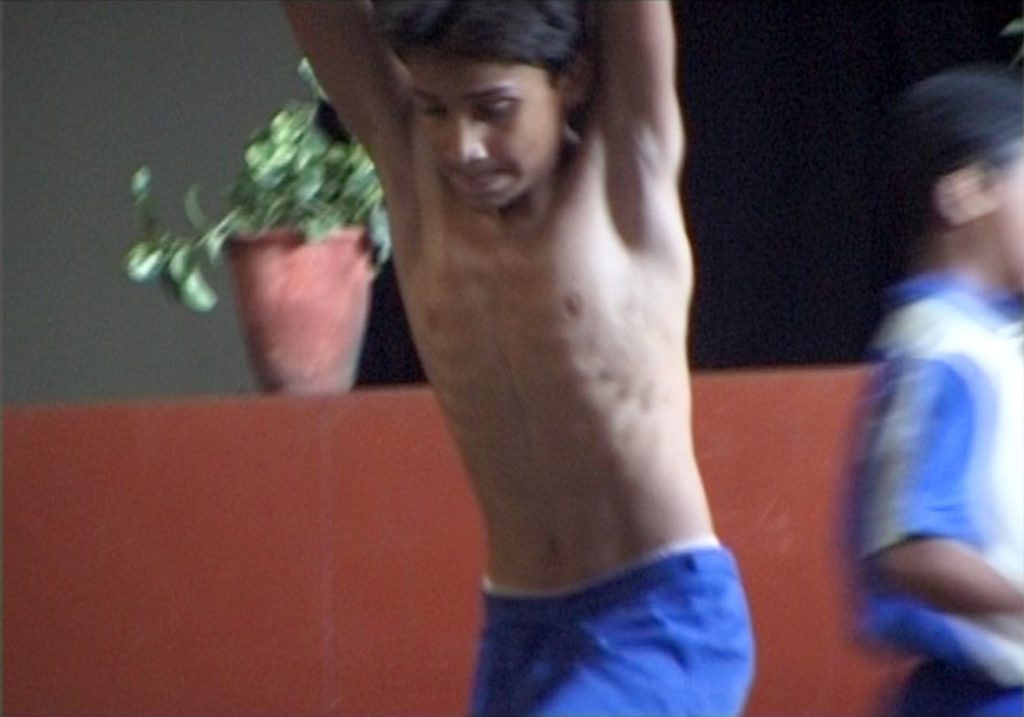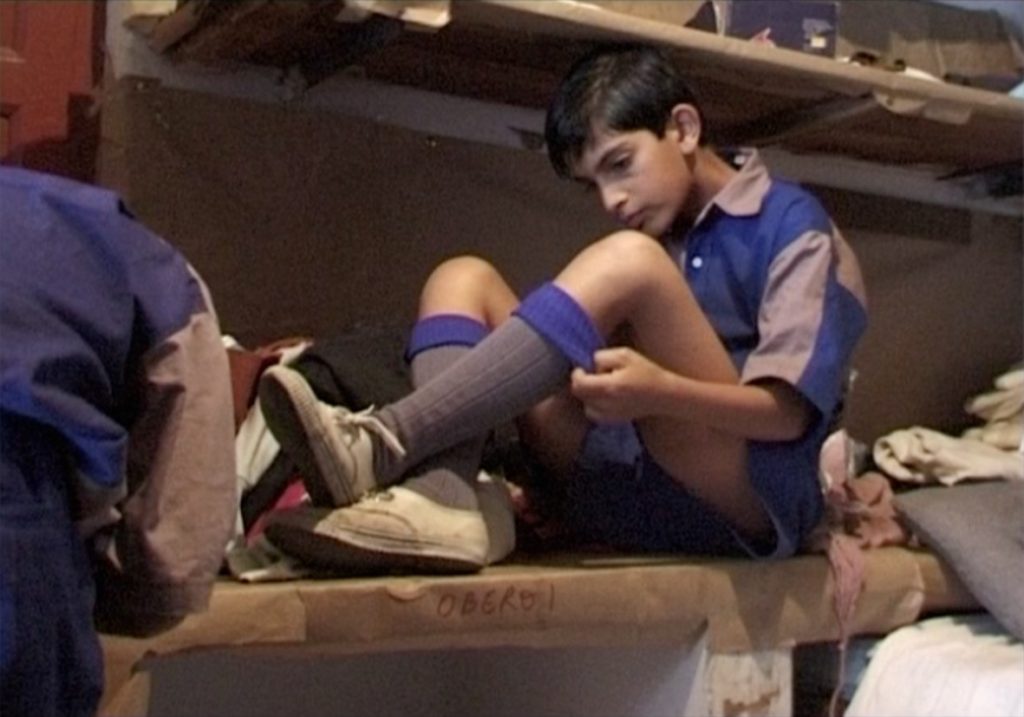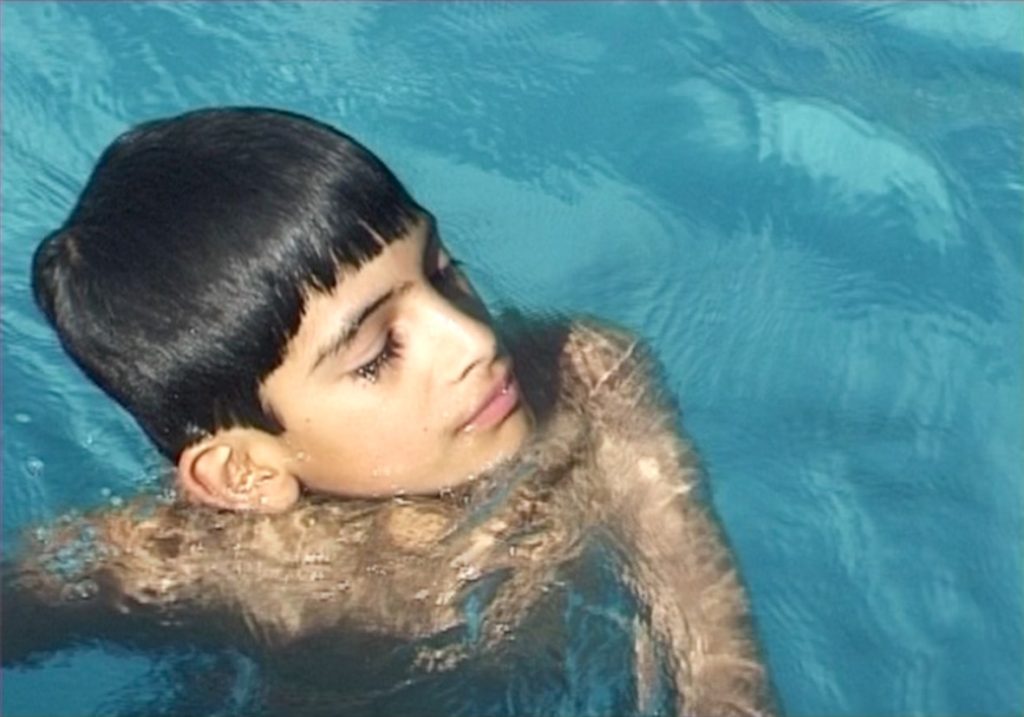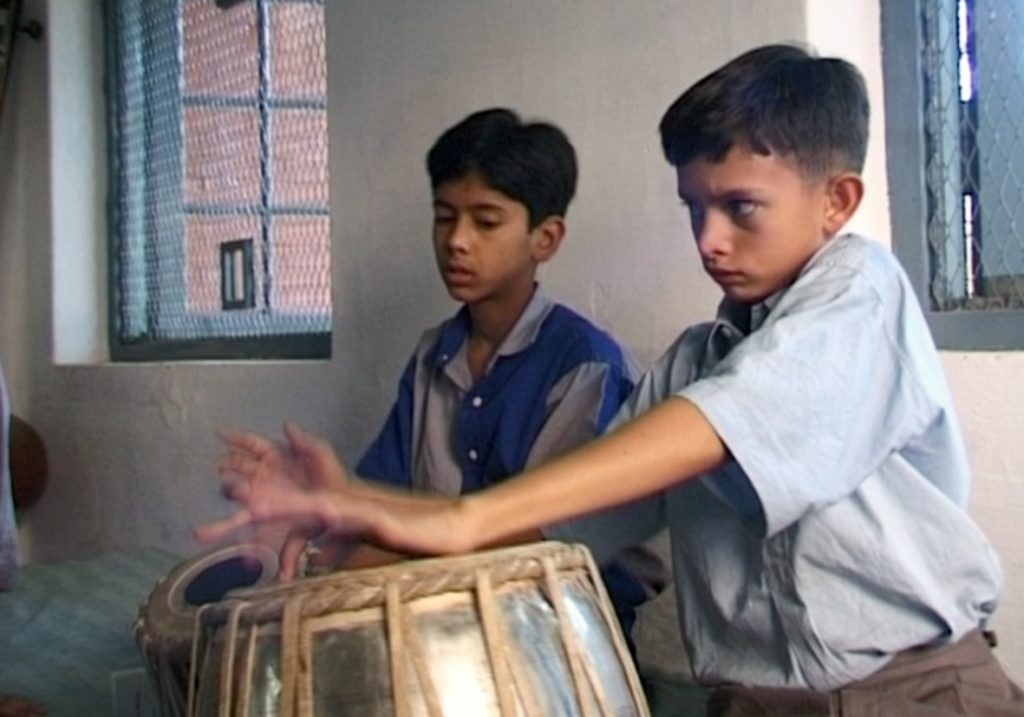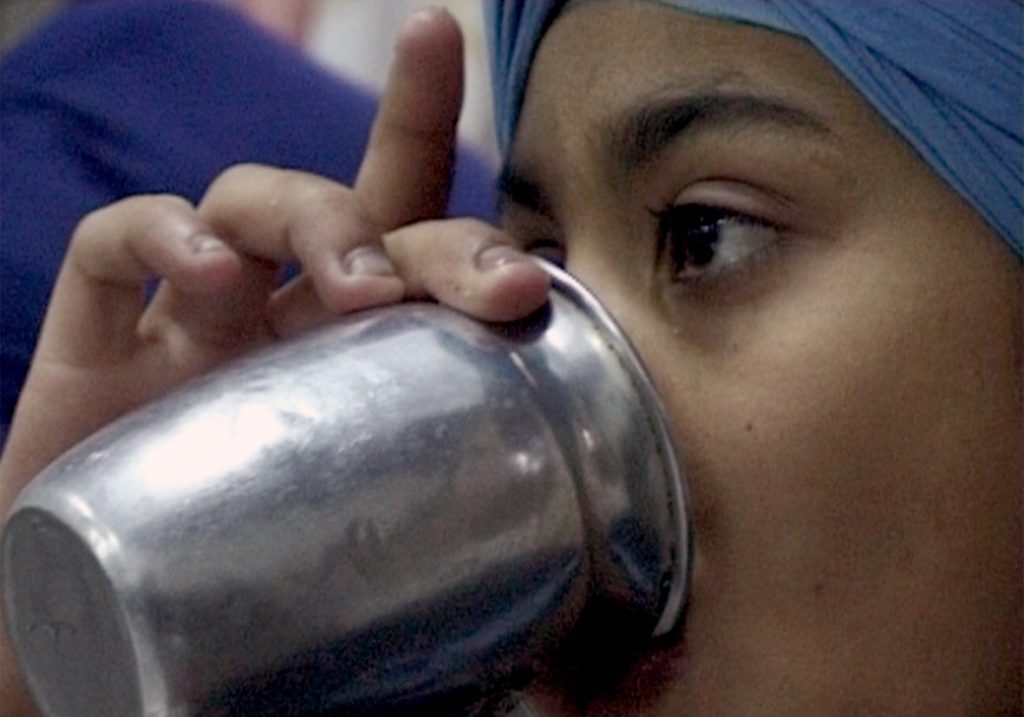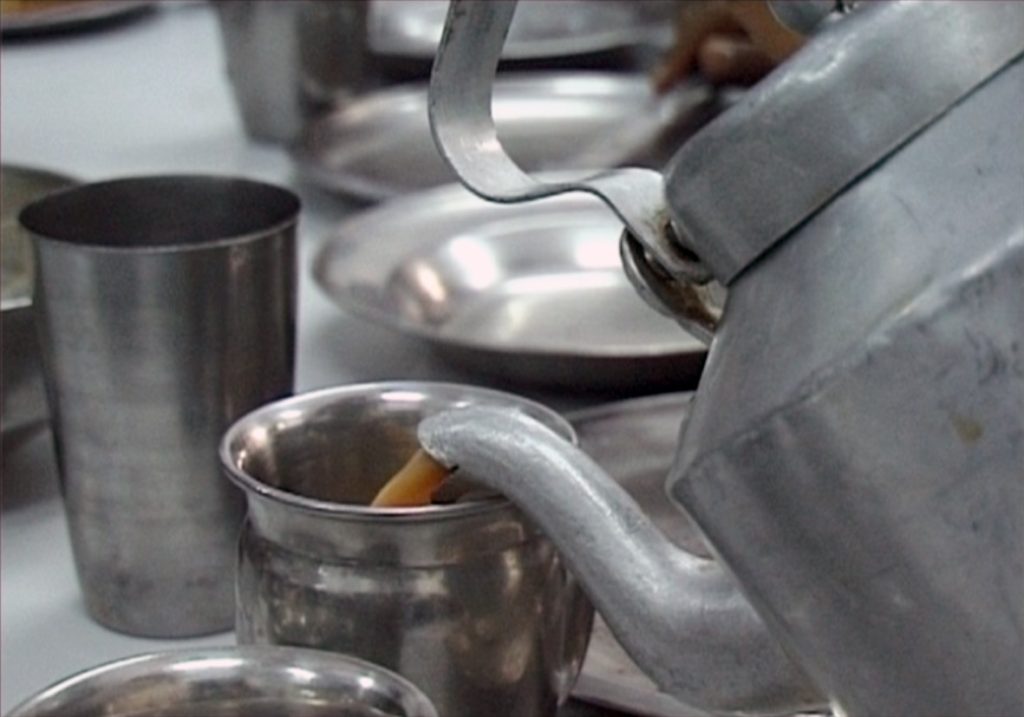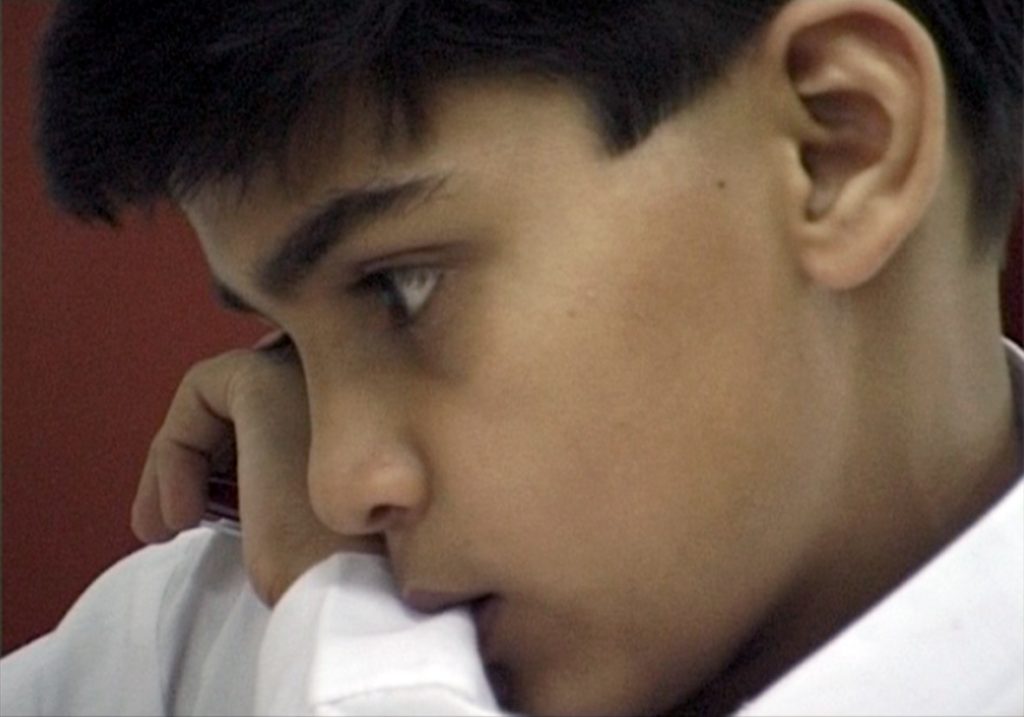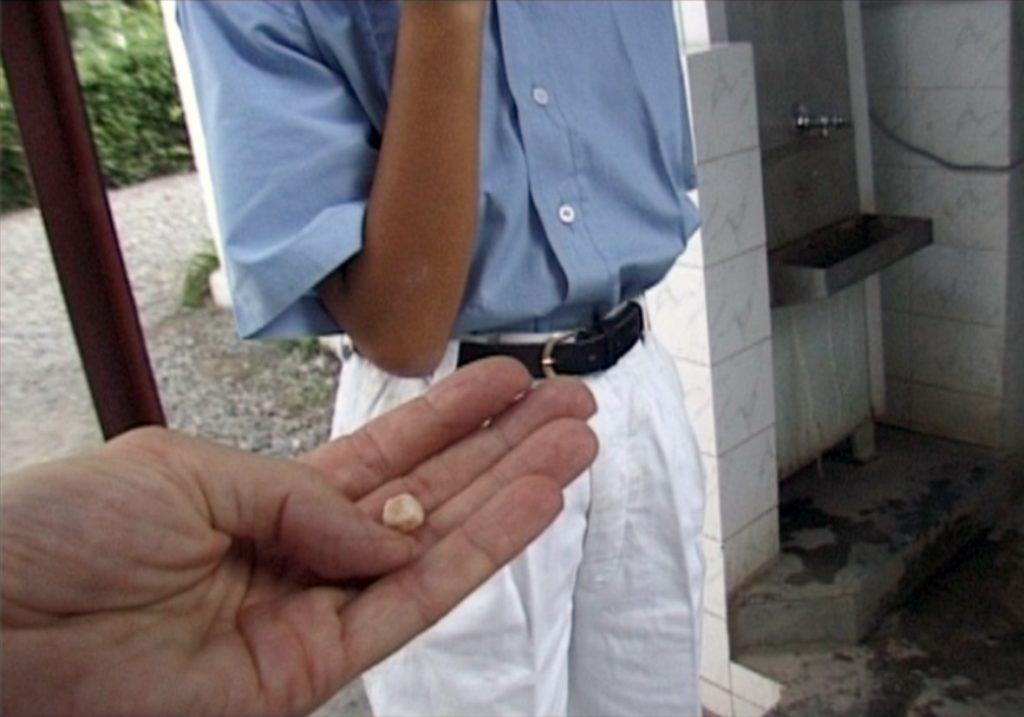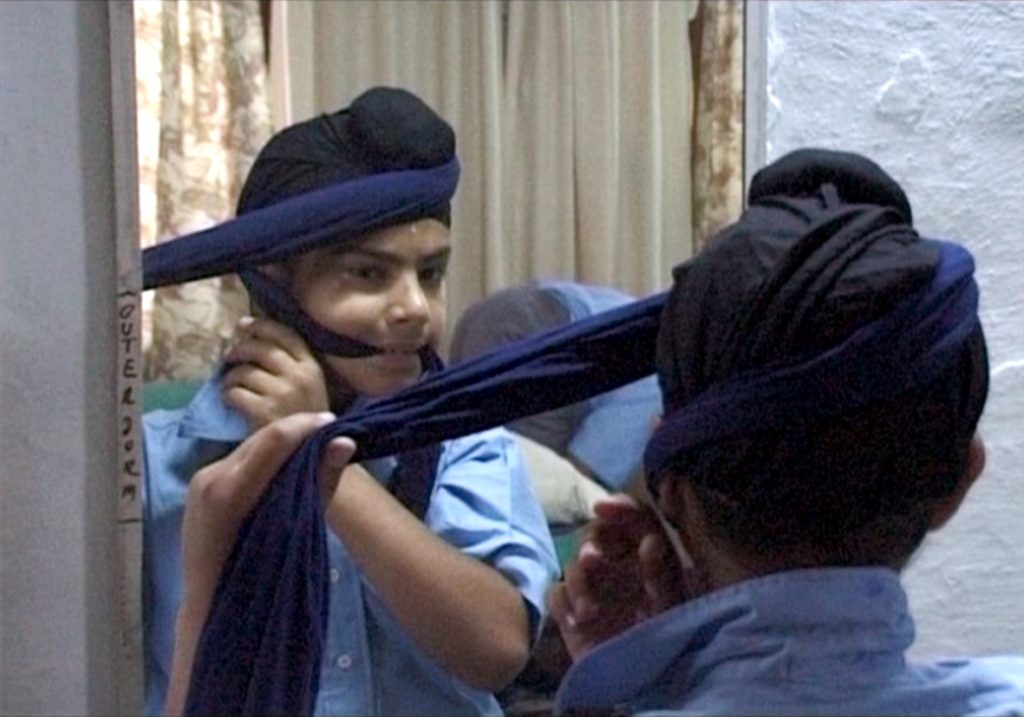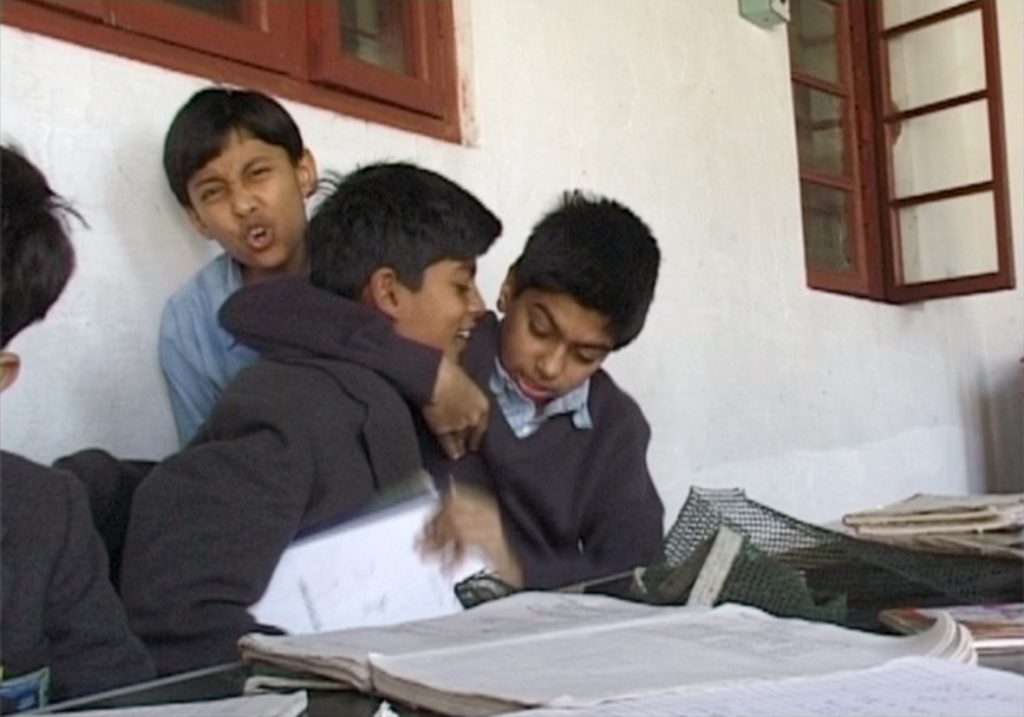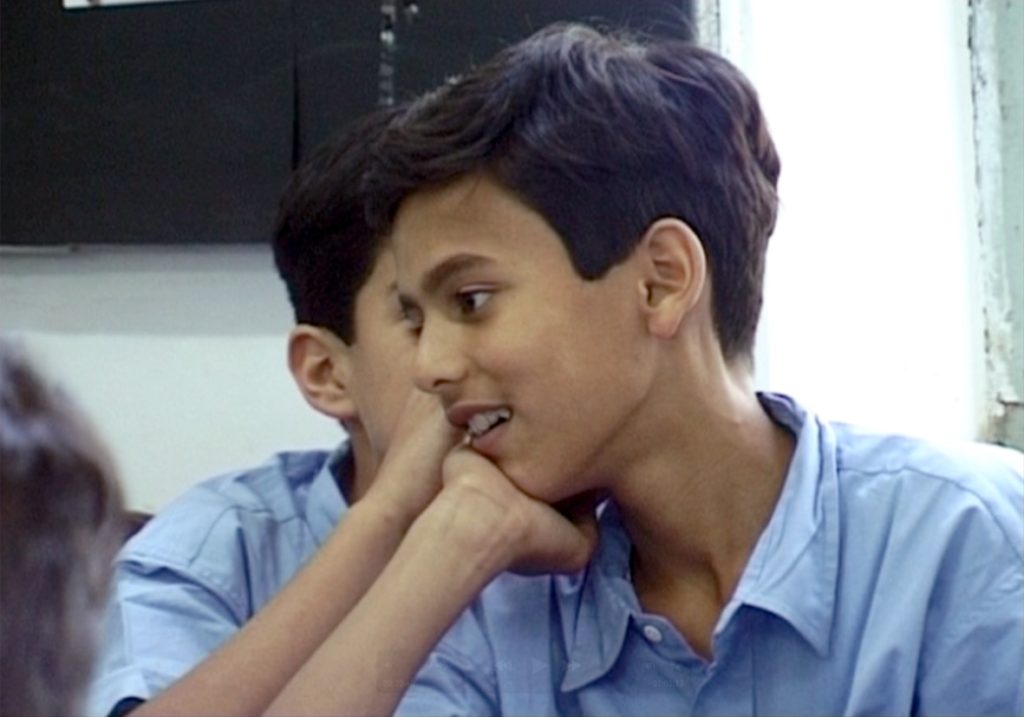Evoking Non-Visual Sensations in Film
Films have always been capable of evoking sensations other than the visual, most obviously when sound was added in the late 1920s. But even before film was invented, seeing and hearing were capable of arousing in us the sensations of touch, taste, and smell, as well as a range of other sensations, such as spaciousness, weight, temperature, motion, balance, and the position of our own bodies. Filmmakers have been aware of these possibilities from the beginning, but it is only recently that the sensory aspects of cinema have come to the fore, and indeed have sometimes been over-emphasized as an end in themselves. In my view, the senses should always serve the broader purposes of filmmaking, which are to bring the world closer to us, not just physically but also through the emotional and intellectual lives of those we film.
It was to this end that I tried to convey the sensory world of the students when filming in a boys’ boarding school in northern India. Sensory experience was integral to creating a critical ethnography of the school. Rituals, habits, colours, sounds, and textures were all part of the distinctive sensory landscape of the school, which impinged daily on the lives of the students.
As one draws closer to individuals when filming, it becomes possible to bring viewers closer to their sensory experience, both in terms of their overall surroundings and their bodily contacts with the objects that loom large in their lives. To be aware of this possibility is to film with a greater sensitivity to how things look and feel to them—to register their intimate knowledge of the physical world, not excluding their own bodies and those of others. Filmmaking of this kind is not only about events, concepts, and historical processes but about the environments and mundane objects we all experience in our daily lives.
The images in this Picture Gallery come from the Doon School Quintet, a series of films that I made while exploring the lives of students at the school between 1997 and 2001. As one would expect, the films deal prominently with social relationships, but they also deal with sight, sound, touch and other aspects of what it feels like to exist in a particular place at a particular time. Moving images (especially with sound) can communicate much of this with great power and efficiency. Yet in their movement these images also become transient, disappearing from the screen almost as soon as we have seen them. Still images provide us with a different opportunity: to hold specific moments of life in suspension, allowing us to see in them a past that has just departed and a future that is just about to unfold. This experiment of extracting still frames from film material presents the material to us at a second remove, for it was meant to be used for another purpose. Yet through them we may be able to look at the same events with a fresh eye.
David MacDougall
Click on a thumbnail to see full-size images in a slideshow. Navigate the slideshow using the arrow keys on your keyboard or by clicking the arrows at the left and right of the image.
